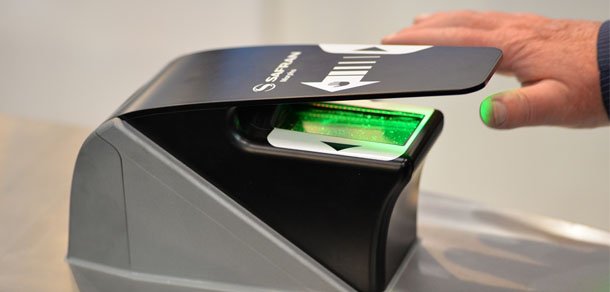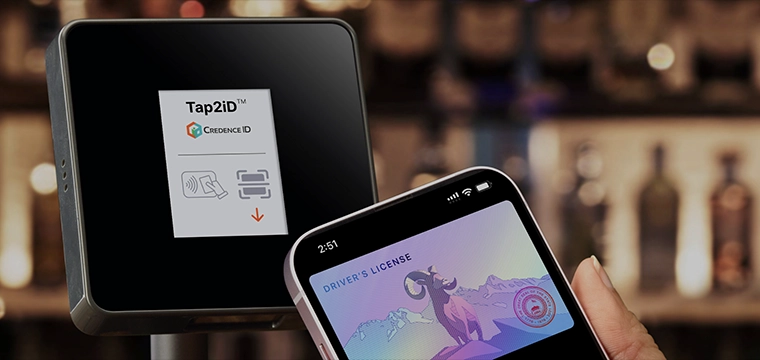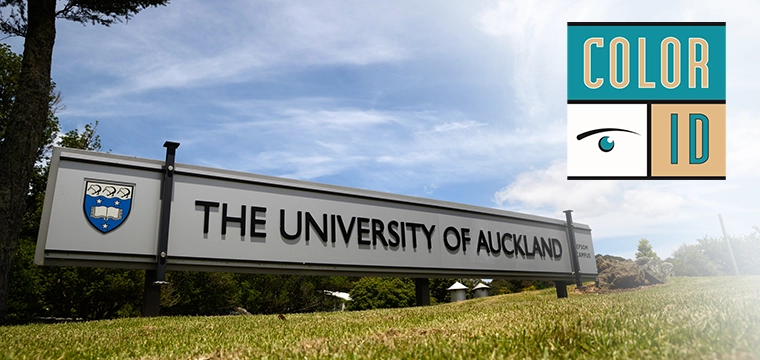
Cardless check-in provides access via SAFRAN MorphoWave terminals
The University of Maryland has implemented a new biometric access system at campus dining halls in the form of SAFRAN's MorphoWave biometric solution.
A touchless solution, SAFRAN's MorphoWave biometric terminal reads all four fingerprints of the hand as it is passed through the read area. MorphoWave is the first biometric access solution to capture and match four fingerprints with a single hand movement, and enables access in a completely contactless manner.
The dynamic, touchless capability allows users to remain "on the move" when passing through a control point, making it ideal for high traffic applications like a dining hall line. Additional MorphoWave features include:
According to a report from The Diamondback, Maryland students began registering into the system last spring break through the conclusion of the academic year, while incoming freshmen registered during orientations during the summer months.
Maryland's Dining Services oversaw the enrollment process, and despite some initial challenges in enrolling such a large number of students, the process was deemed a successful one.
Enrollment into the biometric system is fairly straightforward -- and quick at just a minute long -- with students swiping both their right and left hands through the scanner twice to complete enrollment. It was a process that Dining Services and Maryland's orientation office integrated into student orientation schedules.
Dubbed "Cardless Check-In," the biometric system enables students to access dining halls without the use of their UMD ID card. Once enrolled, students check in by waving their hand through the MorphoWave scanner to gain access.
With the new system students will no longer need a UMD ID card to access their own meals, but when students bring a guest a UMD ID will be necessary to obtain a guest pass or use dining dollars to allow guest access. Maryland will implement four MorphoWave terminals at the campus' North Diner, two terminals at 251 North dining hall and three terminals at the South Campus dining hall.
For now, biometric access will be used exclusively for regular, resident student access to the dining halls. The UMD ID will still be needed to make purchases at other campus locations, as well as for building access and general identification.
Enrollment in the biometric system is completely voluntary, and students that don’t want to enroll can simply continue to use the UMD ID card and report to the cashier on duty to gain access.




